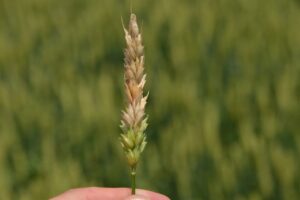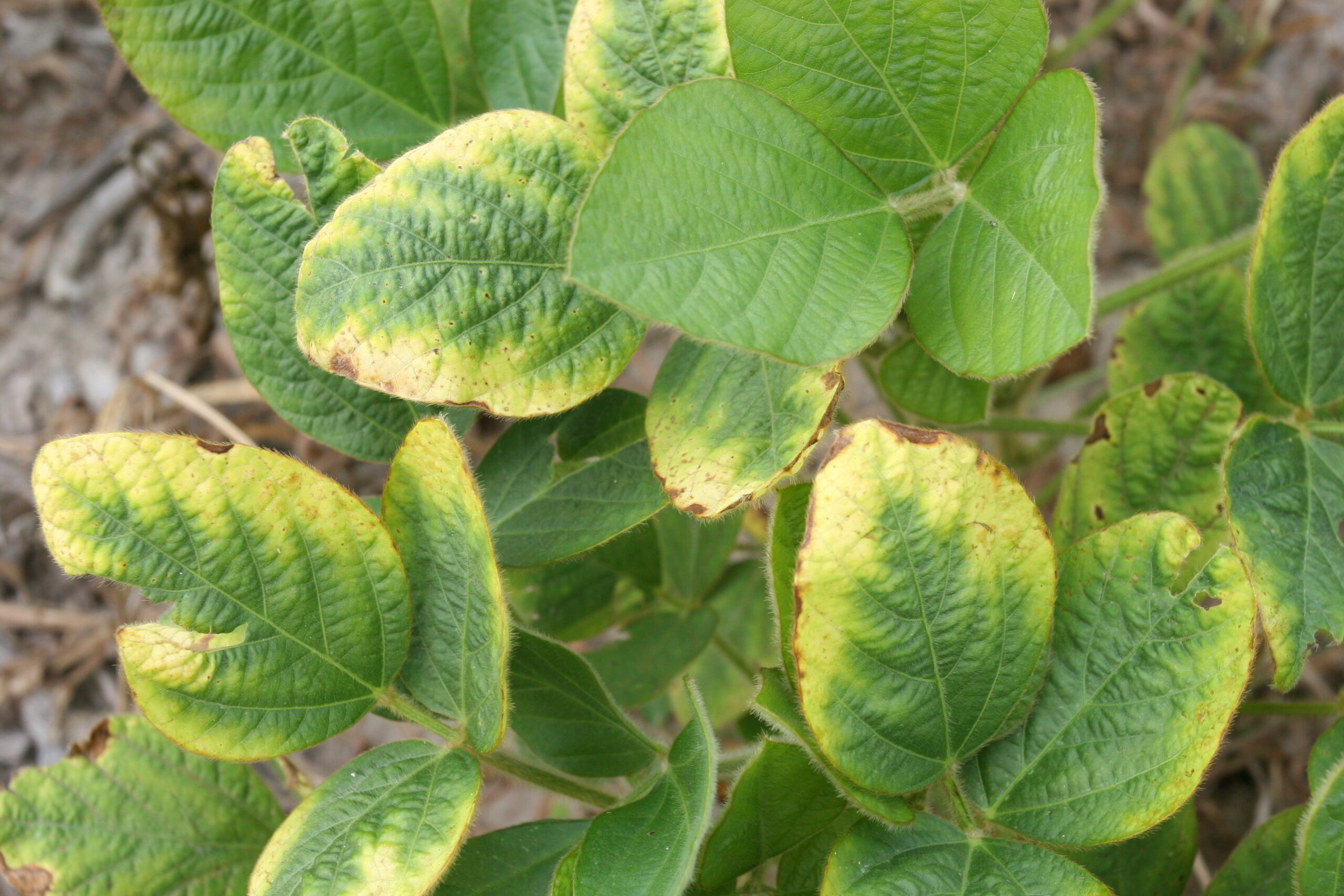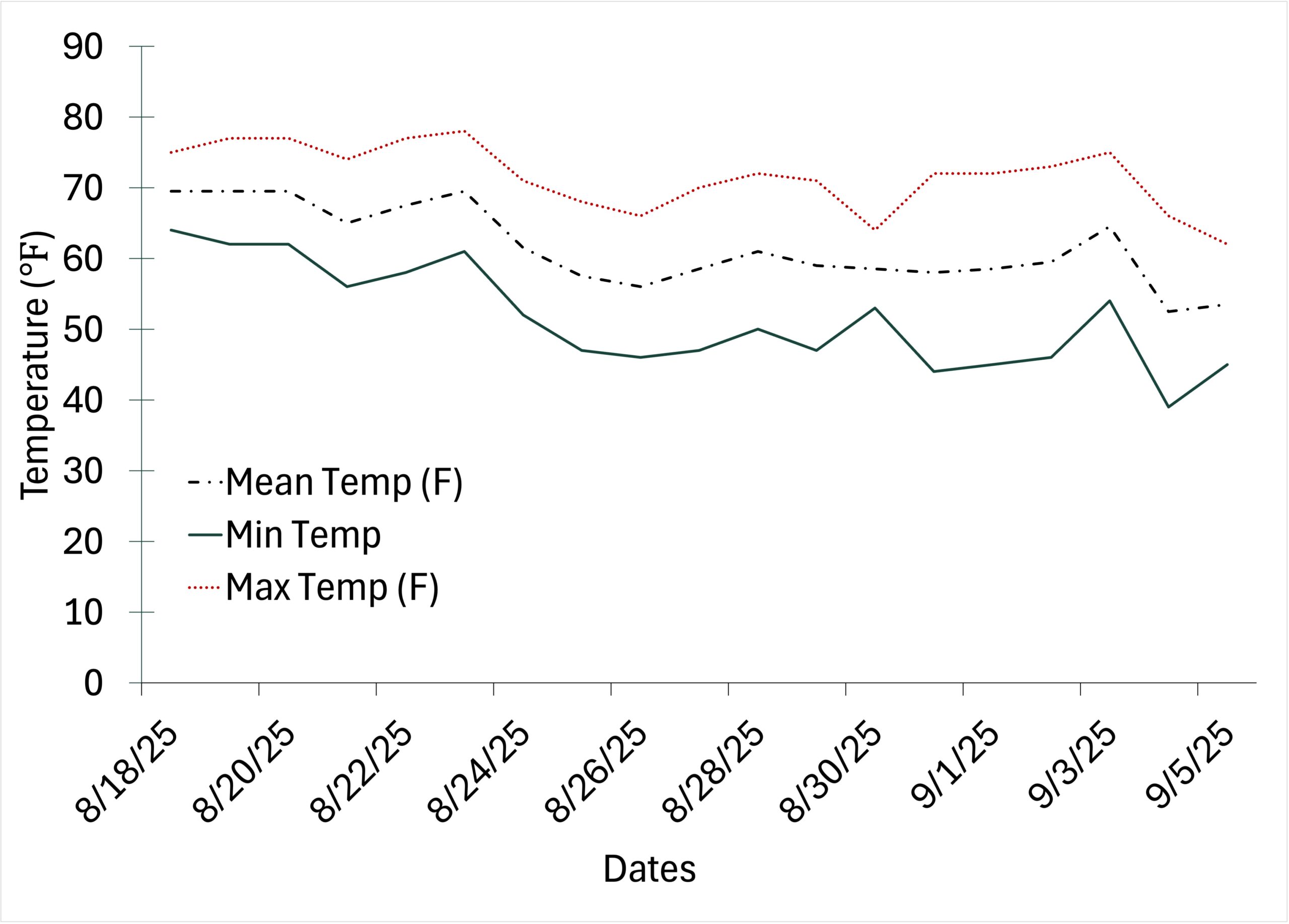Damon Smith, Extension Field Crops Pathologist, Department of Plant Pathology, University of Wisconsin-Madison
Martin Chilvers, Professor of Plant Pathology and Extension Specialist, Department of Plant, Soil and Microbial Sciences, Michigan State University
 Fusarium graminearum is a globally distributed plant pathogen capable of causing the plant diseases known as Fusarium head blight of wheat and small grains and Gibberella ear rot of corn. Under conditions that are favorable for disease, such as warm and wet conditions, the disease can significantly impact yield and grain quality. The fungus can produce the toxin referred to as deoxynivalenol (DON or vomitoxin), that can induce vomiting. However, farmers actively manage diseases to reduce this threat, and harvested grain is routinely tested for the toxin. Additionally, we constantly monitor the impact this disease might have on our crops and actively manage it each year in wheat and corn in Wisconsin. Just this season I have written several articles about management of Fusarium head blight in wheat.
Fusarium graminearum is a globally distributed plant pathogen capable of causing the plant diseases known as Fusarium head blight of wheat and small grains and Gibberella ear rot of corn. Under conditions that are favorable for disease, such as warm and wet conditions, the disease can significantly impact yield and grain quality. The fungus can produce the toxin referred to as deoxynivalenol (DON or vomitoxin), that can induce vomiting. However, farmers actively manage diseases to reduce this threat, and harvested grain is routinely tested for the toxin. Additionally, we constantly monitor the impact this disease might have on our crops and actively manage it each year in wheat and corn in Wisconsin. Just this season I have written several articles about management of Fusarium head blight in wheat.
Occasionally it is helpful for researchers to import strains of Fusarium graminearum (or any research-focused fungus) from other states or parts of the world to improve our understanding of the system and to further our understanding of plant disease management. However, there are regulations and procedures in place that are managed by the Animal and Plant Health Inspection Service (APHIS) agency within the United States Department of Agriculture. Those procedures assess the potential threat of the import request and have strict protocols in place to prevent accidental release of potentially dangerous strains.
The media attention is a great opportunity to remind the public of the many efforts within universities, the government and the private sector that are continually at work to protect our crops and ensure a safe food supply.
An excellent article with more detail on Fusarium graminearum is available here at the Crop Protection Network.







